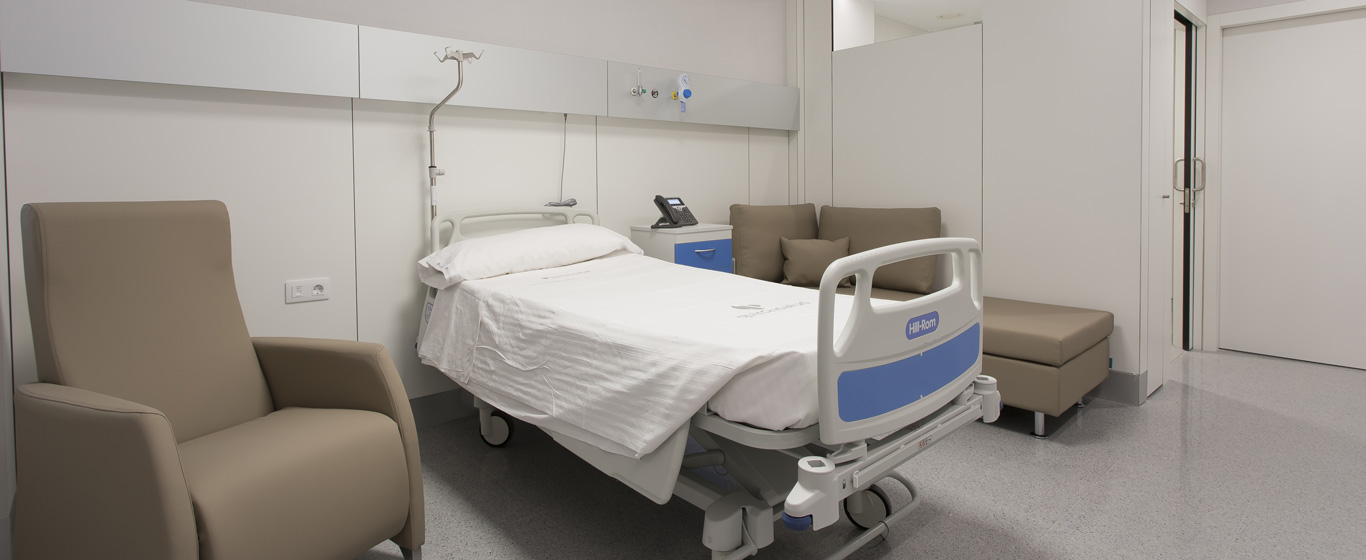Thyroid Scintigraphy
Thyroid scintigraphy is used to study the structure and function of the thyroid gland non-invasively. This procedure provides accurate images with the help of a special camera that detects signals emitted by the radioactive substance injected into the patient in low doses.

General Description
Thyroid scintigraphy is a non-invasive technique used in nuclear medicine to observe both the structure or morphology and the function of the thyroid. To obtain images of this gland, an intravenous contrast is administered (consisting of a drug made up of an isotope with minimal radiation), typically technetium (Tc-99) in the form of pertechnetate or radioactive iodine (I-123 or I-131), and the body’s response to this substance is captured with a device called a gamma camera. This device captures two-dimensional images from three different angles of the activity, position, and characteristics of the thyroid, making it useful for detecting inflammations or cancerous tumors, as well as areas of hyperactivity or hypoactivity.
When is it indicated?
Thyroid scintigraphy is performed when there is suspicion of hyperthyroidism, hypothyroidism, Graves' disease, or Hashimoto's disease, among others. It is also used to study the nature of nodules detected in other imaging diagnostic tests: goiter or thyroid cancer.
How is it performed?
The first step in a thyroid scintigraphy is the intravenous administration of the radiotracer. After waiting for the thyroid to absorb the substance, typically between 15 to 30 minutes, the test begins. For this, the patient lies on their back with their head slightly tilted backward so that the neck remains stretched while the gamma camera rotates around to take the images.
Risks
A thyroid scintigraphy poses no risk to health and typically does not cause side effects. In very rare cases, a mild allergic reaction to the contrast may occur, such as hives or itching.
Nevertheless, it is not recommended for pregnant women, as the radiation could affect fetal development. Nursing mothers are advised to discard the milk produced during the 48 hours following the procedure.
What to expect from a thyroid scintigraphy
Thyroid scintigraphy is an outpatient procedure, meaning that the patient can return to their usual activities once it is completed. Upon arrival at the medical center, it is necessary to sign a consent form to undergo the test.
It is recommended to leave metal objects and jewelry at home, as they cannot be brought into the gamma camera room.
The procedure is not painful, although some discomfort may be felt when the contrast is injected or while the body absorbs it, as it may produce a sensation of heat or cold. Additionally, some patients report discomfort due to the position they must adopt to ensure clear images.
Thyroid scintigraphy typically lasts about 15 minutes, plus the waiting time needed for the radiopharmaceutical to distribute evenly in the thyroid.
Results are typically available a few days later during a consultation with oncology or endocrinology.
Specialties requesting thyroid scintigraphy
Specialists in nuclear medicine perform this procedure at the request of oncologists, endocrinologists, or specialists in assisted reproduction.
How to prepare
To undergo a thyroid scintigraphy, fasting for about six hours is required. In cases where a cancerous tumor is suspected, it is likely that a low-iodine diet will be needed during the days leading up to the test.
After the test, it is recommended to drink plenty of fluids to help expel the radiopharmaceutical as quickly as possible and maintain strict hygiene before and after using the restroom. It is also advised to minimize contact with pregnant women and children during the hours following the procedure.





























































































